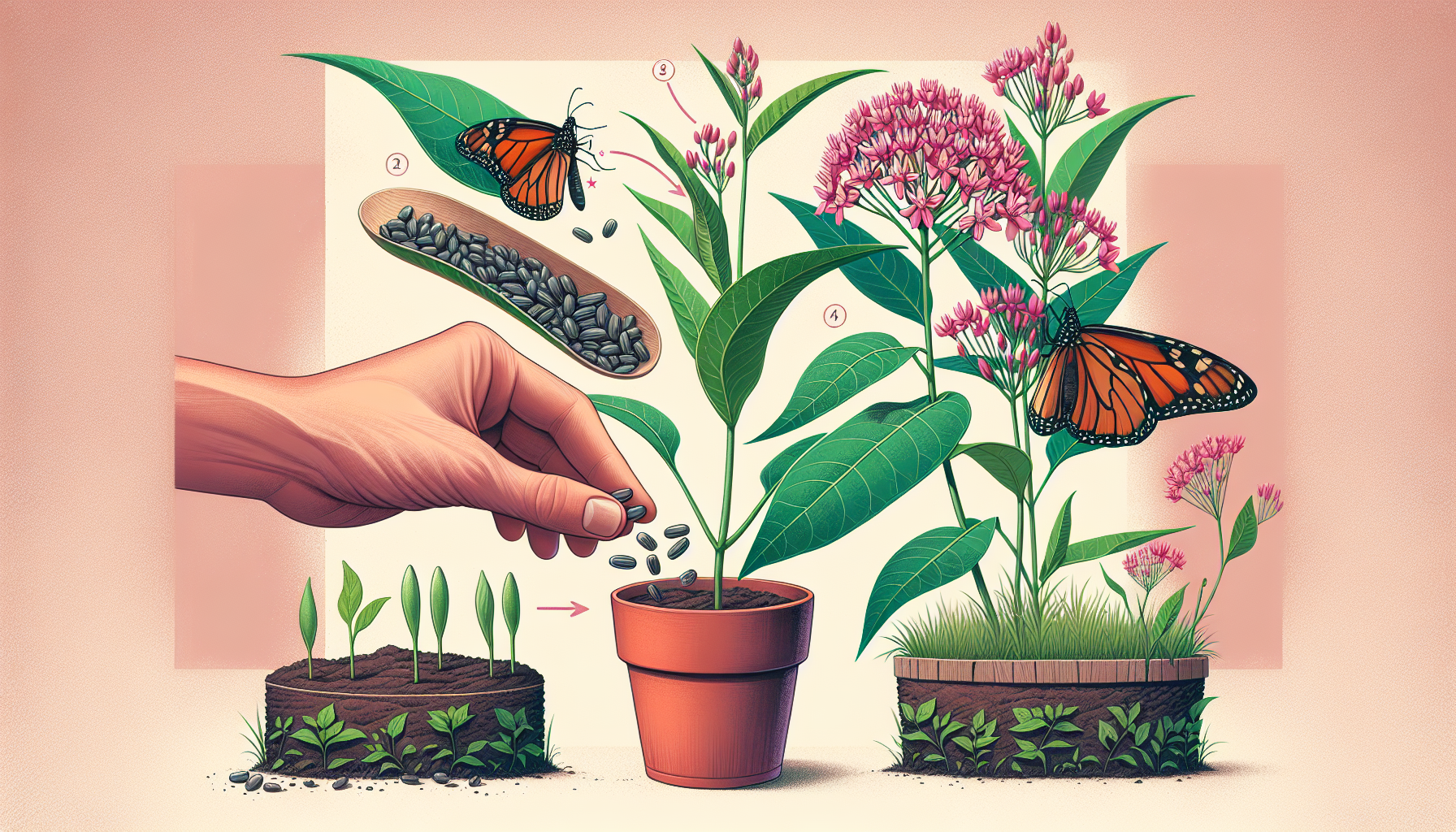
how to plant milkweed seeds
How to Plant Milkweed Seeds: A Step-by-Step Guide
Milkweed is not just a beautiful addition to your garden—it’s an essential plant for supporting pollinators, especially monarch butterflies. Monarchs rely on milkweed as a host plant for their caterpillars, making it a vital part of their life cycle. If you’re ready to help these iconic pollinators while adding a splash of natural beauty to your yard, this guide will teach you how to plant milkweed seeds successfully.
Why Plant Milkweed?
Milkweed is a native wildflower that serves as a food source for many pollinators, including bees, butterflies, and other beneficial insects. Most importantly, it’s the only plant monarch caterpillars can eat, making it a crucial species for their survival. Planting milkweed helps restore habitats that have been lost to urbanization and agriculture, giving monarchs a fighting chance.
Step 1: Choose the Right Milkweed Species
There are many varieties of milkweed, but not all are suitable for every region. Choose a species that is native to your area for the best results. Some common native species include:
- Common Milkweed (Asclepias syriaca) - Ideal for gardens in the eastern and central United States.
- Swamp Milkweed (Asclepias incarnata) - Thrives in wet, marshy areas but can grow in average garden soil.
- Butterfly Weed (Asclepias tuberosa) - A bright orange, drought-tolerant variety perfect for sunny spots.
Step 2: Prepare the Seeds
Milkweed seeds need a process called cold stratification to germinate. This mimics the natural winter conditions they require to sprout. Here’s how to stratify your seeds:
- Place the seeds in a damp paper towel and fold it over them.
- Put the paper towel in a sealed plastic bag and store it in the refrigerator for 30–60 days.
- Once the stratification period is complete, your seeds are ready to plant.
Step 3: Select the Perfect Location
Milkweed thrives in sunny locations with well-draining soil. Choose a spot in your yard that gets at least 6 hours of sunlight daily. If you’re planting in a garden bed, loosen the soil and remove any weeds to give your seeds the best start.
Step 4: Plant the Seeds
Follow these steps to plant your milkweed seeds:
- Sow the seeds directly on the soil surface. Milkweed seeds need light to germinate, so don’t bury them deeply—just press them gently into the soil.
- Space the seeds about 12–18 inches apart to allow room for growth.
- Water the area lightly to keep the soil moist but not soggy.
Step 5: Care for Your Milkweed
Once your seeds have sprouted, continue to water them regularly, especially during dry spells. As the plants mature, they will become more drought-tolerant and require less maintenance. Avoid using pesticides or herbicides, as these can harm pollinators.
Step 6: Enjoy the Pollinators!
As your milkweed plants grow, you’ll notice an increase in pollinator activity in your garden. Monarch butterflies will lay their eggs on the milkweed, and you may even spot tiny caterpillars munching on the leaves. By planting milkweed, you’re creating a haven for wildlife and contributing to the preservation of an important species.
Additional Resources
For more information about milkweed and monarch conservation, check out these resources:
By planting milkweed, you’re making a meaningful impact on the environment while enjoying the beauty of nature in your backyard. Happy gardening!